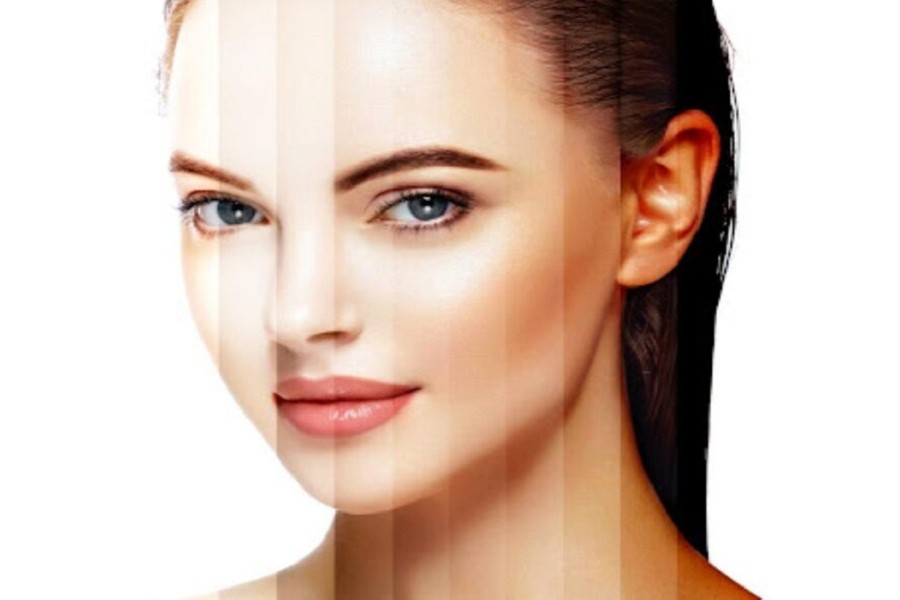Foundation makes the base of a makeup look. If the makeup base is imperfect, the whole makeup will not give you the desired output.
One of the most significant mistakes in makeup is not matching your skin tone with the foundation shade. The concept of makeup is to enhance your skin's beauty, not brighten your skin tone.
However, despite much effort and time, sometimes you may fail to match the proper foundation shade with your skin tone. Using the wrong shade of foundation will look like a facial mask.
Your foundation must mix with your natural skin tone, so it is not visible exactly where the foundation line ends.
Finding undertone and shade
Understanding your skin tone and shade is paramount for accomplishing a flawless-looking complexion. If you have ever found what seems like your perfect shade but seems off when you apply it, it is probably the undertone that is wrong for your skin.
Our skin shade can fade or change with the UV effects. But our undertone remains fixed. Our undertone is more of the hue of our skin; it is the shade within the colour.
There are three undertones mostly seen in our region,
- Warm: If the complexion is golden, yellow, or peach.
- Cool: If the skin has a more blue, red, or pinkish hue.
- Neutral: If the skin has a combination of cool and warm tones.
Darker skin has cool undertones, while the fairest skin can have warm undertones. If you have a cool undertone, that does not mean you are blue; you can have pink hues in your skin.
People with neutral undertones may have an easier time matching their foundation shade with the skin because it is close to the same colour as your skin tone.
Determining undertone
Examine Your Veins: Try examining your wrist's veins in the daylight. Veins that have chilly undertones will appear blue or purple. You have a warm undertone, though, if your veins are greenish or olive. When you observe both blue- and green-based hues, remain neutral.
Sun's effect: Your skin's response to the sun might reveal a lot about you. Cooler-toned skin typically burns more quickly in the sun. On the other hand, if you tend to burn less in the sun, you can have warm or neutral undertones. In either case, remember to protect your skin by using SPF.
Jewellery test: Some people look better in gold or silver jewellery. If gold jewellery complements your skin tone, you have a warm undertone. You might have a cool undertone if you think silver, platinum, or rose gold looks better on your skin. You may have neutral undertones if both look good on you.
Matching your foundation colour
Before using a foundation, you can run a few tests on your skin to be sure it is the perfect shade for you once you have it in your hands. It's risky to just glance at the foundation in the package.
The worst way is to apply foundation to your hand or wrist to see if it matches your skin tone. Your face and wrist or hand's top may have very distinct tones of skin. However, if you cannot apply the foundation directly to the bare flesh on your face, there are other areas you can swatch it.
Because your chest typically matches the hue of your face more closely, swatch the foundation there. Use a part of your body that is more similar in colour if your chest feels significantly dissimilar in hue.
Swatch the foundation on various parts of your face to test it there. Give it time to dry before applying it on your forehead, cheeks, and jawline. When a foundation is wet, the way it appears when it dries on your skin might be very different.
Examine the swatch in various lighting:
Examine the foundation's appearance in various lighting conditions when you swatch it. Compared to what it would seem in front of a window or direct sunshine, your foundation will look different when lit artificially.
Think about the season: As seasons change, so do many people's skin tones. You might have lighter skin in the winter when you don't receive much sun and darker skin in the summer when you spend more time outside.
You might need a different shade for summer than you require for winter only if your skin tone changes from fair to tan.


